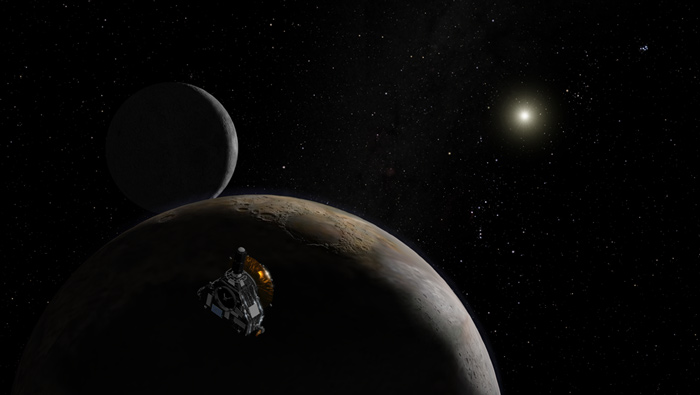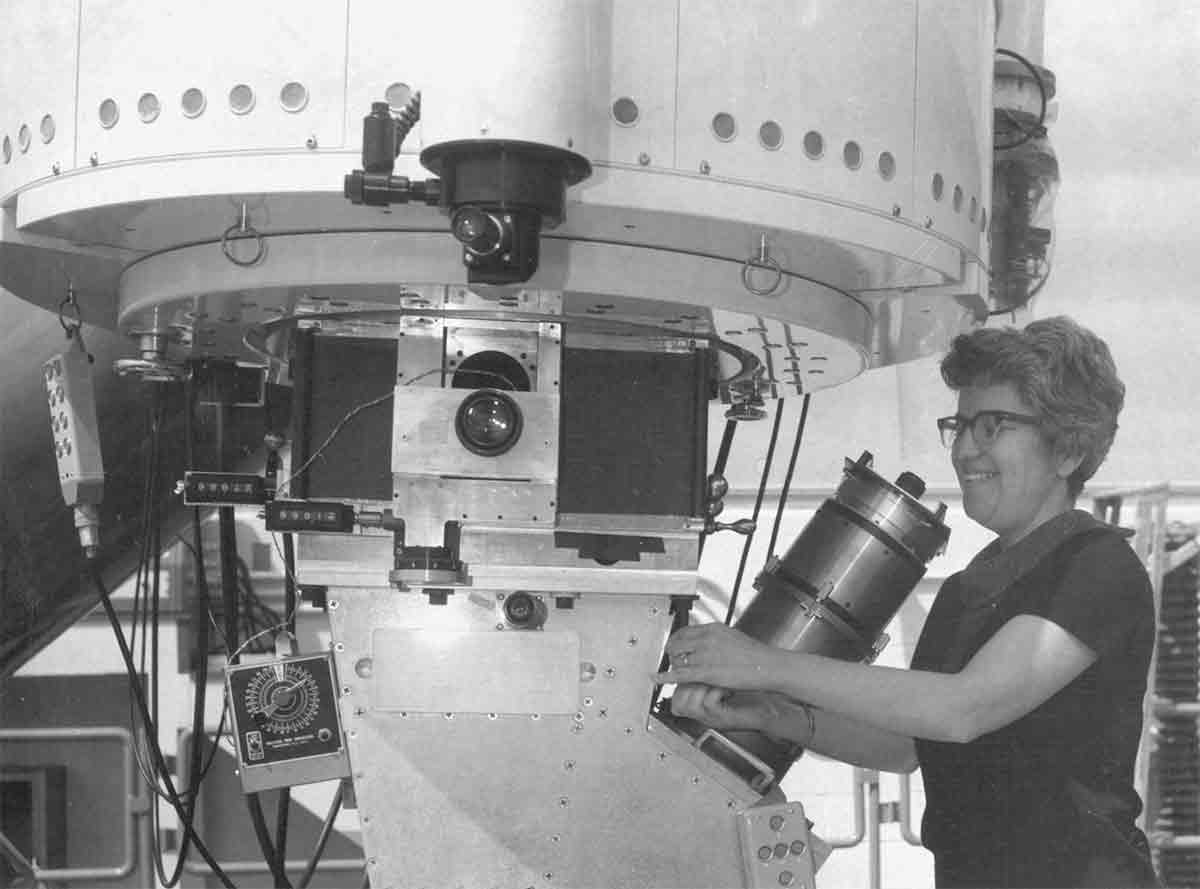NASA Probe Enroute to Pluto in Good Health

NASA's NewHorizons probe hurtling towards the distant planet Pluto is in workingorder after a series of instrument checks, the mission's top scientist saidThursday.
NewHorizons principal investigator AlanStern said almost all of the spacecraft's seven instruments have beenchecked after weeks of tests.
"It'sreally going spectacularly well," Stern told SPACE.com of the spacecraft,which is set to reach Pluto by 2015 after a Jupiterflyby early next year. "The whole approach to testing a spacecraft is towalk before you run."
Six of the seveninstruments aboard New Horizons have been turned on to check their healthand functionality, said Stern, who also serves as executive director of the space science and engineering division at the Southwest Research Institute in Boulder, Colorado. Two tools, the spacecraft's Student Dust Counterand its Solar Wind Analyzer around Pluto (SWAP), were expected to have seenfirst light by today, he added.
Built for NASA by the Applied Physics Laboratory at Johns Hopkins Univeristy, NewHorizons launchedspaceward on Jan. 19 on the first-ever mission to explore Pluto,itsmoons and the odd KuiperBelt Objects on the edge of the solar system. That flyby is expected tooccur in July 2015 after the probe grabs a gravity boost from its Jupiter passin early 2007.
"We're veryheavily invested in the Jupiter science planning," Stern said, adding thatmission planners need to have the observation sequences of that flyby ready byOctober 2006. "We have a pretty tight schedule, and we still have some spacecraftcheckout to do. But we're above 90 percent now."
At leastone New Horizons instrument must wait until the probe flies closer to Jupiterbefore its aperture door can be opened and initial tests can be performed.
Breaking space news, the latest updates on rocket launches, skywatching events and more!
Thespacecraft's extremely sensitive Long RangeReconnaissance Imager - or LORRI - must wait until the probe flies deeper intospace where sunlight levels are lower, Stern said.
"Afterlaunch, the issue has to do with accidental sun-pointing," Stern said. "LORRIis so sensitive we have to wait until we're almost to Jupiter to check it."
NewHorizons mission planners expect to complete their initial round of instrumentchecks by mid-April.
Theprobe should begin its first round of calibration activities, including someobservations, in late May, Stern added.
- Hubble Finds Pluto's Moons Less Than Colorful
- Behind the Pluto Mission: An Interview with Project Leader Alan Stern
- New Horizons on Track for Jupiter
- Reaching for the Edge: New Horizons Spacecraft Bound for Pluto

Tariq is the award-winning Editor-in-Chief of Space.com and joined the team in 2001. He covers human spaceflight, as well as skywatching and entertainment. He became Space.com's Editor-in-Chief in 2019. Before joining Space.com, Tariq was a staff reporter for The Los Angeles Times covering education and city beats in La Habra, Fullerton and Huntington Beach. He's a recipient of the 2022 Harry Kolcum Award for excellence in space reporting and the 2025 Space Pioneer Award from the National Space Society. He is an Eagle Scout and Space Camp alum with journalism degrees from the USC and NYU. You can find Tariq at Space.com and as the co-host to the This Week In Space podcast on the TWiT network. To see his latest project, you can follow Tariq on Twitter @tariqjmalik.
